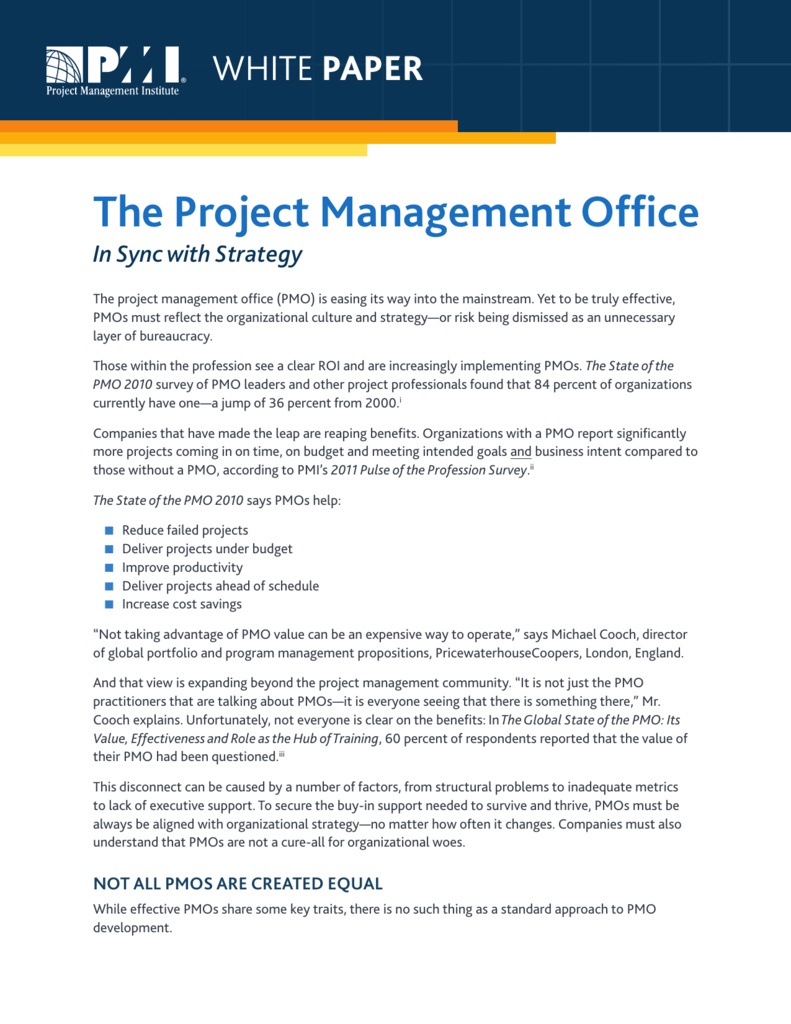

Set appropriate levels of visibility and increase accountability across an entire organization.Formalize a common language for project managers, functional leaders and other stakeholders that smooths communication and ensures expectations are fully understood.Set ground rules and expectations for the project teams.The EPMO and its leaders should work with the C-suite to: EPMO roles and responsibilitiesīecause EPMOs help organizations apply a standard approach to portfolio, program and project management at a strategic leadership level, oversight of all initiatives, deliverables and compliance should fall within the purview of the EPMO.

Mapping out your organization’s current and future needs and goals will play an essential role in the successful implementation of an EPMO. When setting up your EPMO structure it is vital that sufficient analysis be undertaken. While the reporting structure and areas may differ from company to company, embedding the EPMO role at a strategic level is essential. Here’s an example of what an EPMO operating model might look like. This allows the EPMO the ability to work closely with and influence the executive team at a strategic level, and vice versa. EPMO structure and high-level reporting modelĪlthough each organization’s hierarchy will differ depending on factors such as company size, industry, complexity, culture, and so on, the general operating model should place the EPMO at the strategic planning level, with an EPMO chief reporting directly to the someone like the chief operating officer (COO). An EPMO has the same responsibilities as a traditional PMO, but with an additional key high-level goal: to align all project, program and portfolio activities with company-wide strategic objectives. PMOs traditionally do not assume a lead role in strategic goal alignment. A traditional PMO is an internal or external group that sets the direction, maintains and ensures standards, best practices, and the status of project management across an organization. Successful organizations arrange project management efforts under an umbrella organization, either a PMO or an EPMO. lack of alignment with company-wide strategyĪccording to PMI’s research, EPMOs are capable of improving portfolio reporting services by 20 percent, strategic alignment services by 23 percent, confirmation of strategic priorities by almost 10 percent and project alignment with strategic objectives by 10 percent.This is where an EMPO can become necessary, as it is an EPMO that can address: Increasingly, effectiveness is being measured by how clearly the PMO can map a direct line back to the success of the business overall. Typically, PMOs were set up to manage and meet program and project-specific deliverables and requirements and were not necessarily directly linked with high-level business objectives. Beware the 9 warning signs of bad IT architecture and see why these 10 old-school IT principles still rule.


 0 kommentar(er)
0 kommentar(er)
